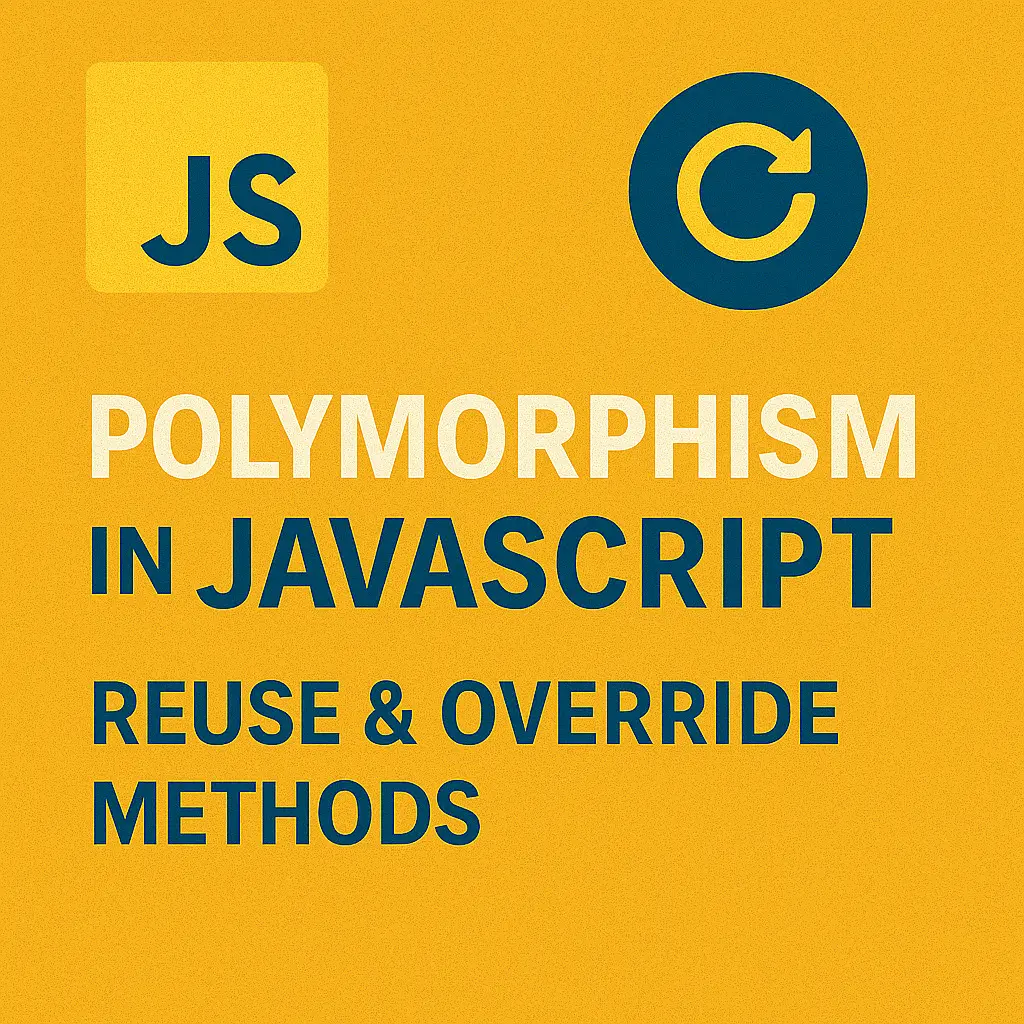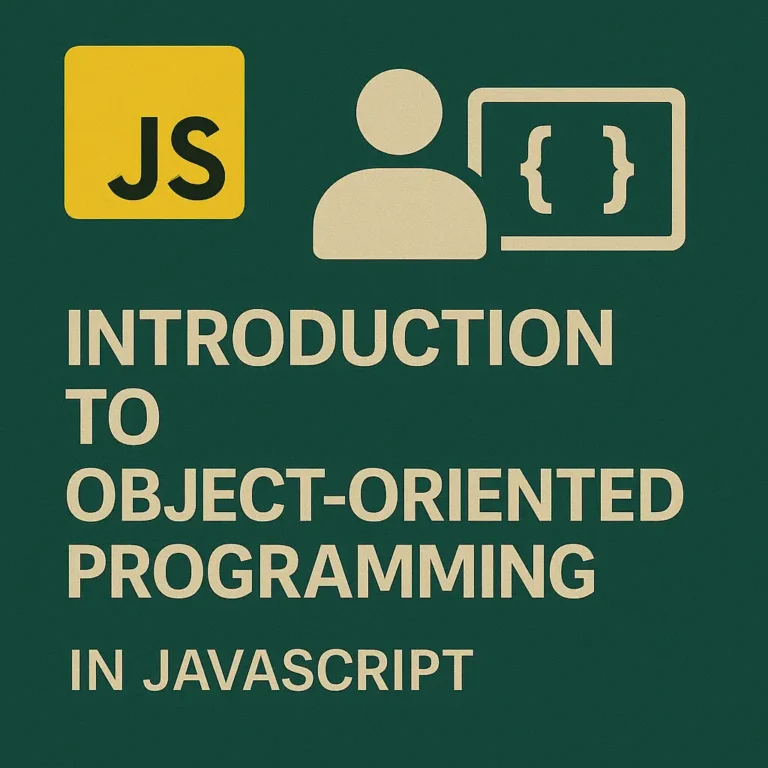Polymorphism enables the same interface to be used for different data types or objects, promoting code reuse, modularity, and scalability. In this comprehensive guide, we’ll delve into the nuances of polymorphism in JavaScript, exploring its implementation, method overriding, and dynamic nature.
Polymorphism in JavaScript
Polymorphism, derived from the Greek words “poly” meaning “many” and “morph” meaning “form,” refers to the ability of objects to take on multiple forms or behave differently based on their context. In JavaScript, polymorphism is achieved through inheritance and method overriding, allowing objects of different classes to be treated interchangeably when they share a common interface.
class Shape {
area() {
throw new Error('Area method must be implemented by subclasses');
}
}
class Circle extends Shape {
constructor(radius) {
super();
this.radius = radius;
}
area() {
return Math.PI * Math.pow(this.radius, 2);
}
}
class Rectangle extends Shape {
constructor(width, height) {
super();
this.width = width;
this.height = height;
}
area() {
return this.width * this.height;
}
}
In the example above, we define a Shape class with an area() method. We then create subclasses Circle and Rectangle, each implementing their own version of the area() method. Despite having different implementations, both subclasses share a common interface defined by the Shape class, allowing them to be used interchangeably in contexts that expect a Shape object.
Method Overriding
Method overriding is a key aspect of polymorphism that allows subclasses to provide their own implementation of methods defined in their superclass. This enables objects of different classes to respond differently to the same method call, depending on their specific context or behavior.
class Animal {
speak() {
console.log('Animal speaks');
}
}
class Dog extends Animal {
speak() {
console.log('Dog barks');
}
}
class Cat extends Animal {
speak() {
console.log('Cat meows');
}
}
In this example, we define an Animal class with a speak() method. We then create subclasses Dog and Cat, each providing its own implementation of the speak() method. When we call the speak() method on objects of the Dog and Cat classes, they respond differently based on their specific behavior, demonstrating method overriding in action.
Dynamic Polymorphism
Dynamic polymorphism, also known as runtime polymorphism, refers to the ability of objects to exhibit polymorphic behavior at runtime based on their actual type or class. This allows for flexibility and adaptability in code execution, as the appropriate method implementation is determined dynamically at runtime.
function makeSound(animal) {
animal.speak();
}
const dog = new Dog();
const cat = new Cat();
makeSound(dog); // Output: Dog barks
makeSound(cat); // Output: Cat meows
In this example, we define a makeSound() function that takes an Animal object as a parameter and calls its speak() method. We then pass instances of Dog and Cat to the makeSound() function, demonstrating dynamic polymorphism as each object exhibits its own polymorphic behavior based on its actual type.
Conclusion
Polymorphism is a fundamental principle of object-oriented programming that enables flexibility, modularity, and scalability in code design. In JavaScript, polymorphism is achieved through inheritance, method overriding, and dynamic behavior, allowing objects of different classes to be treated interchangeably when they share a common interface. By understanding and leveraging the power of polymorphism, developers can write cleaner, more maintainable, and more extensible code that adapts to varying requirements and contexts. Whether you’re building simple data models or complex software systems, polymorphism in JavaScript is an essential concept for mastering object-oriented programming principles.






